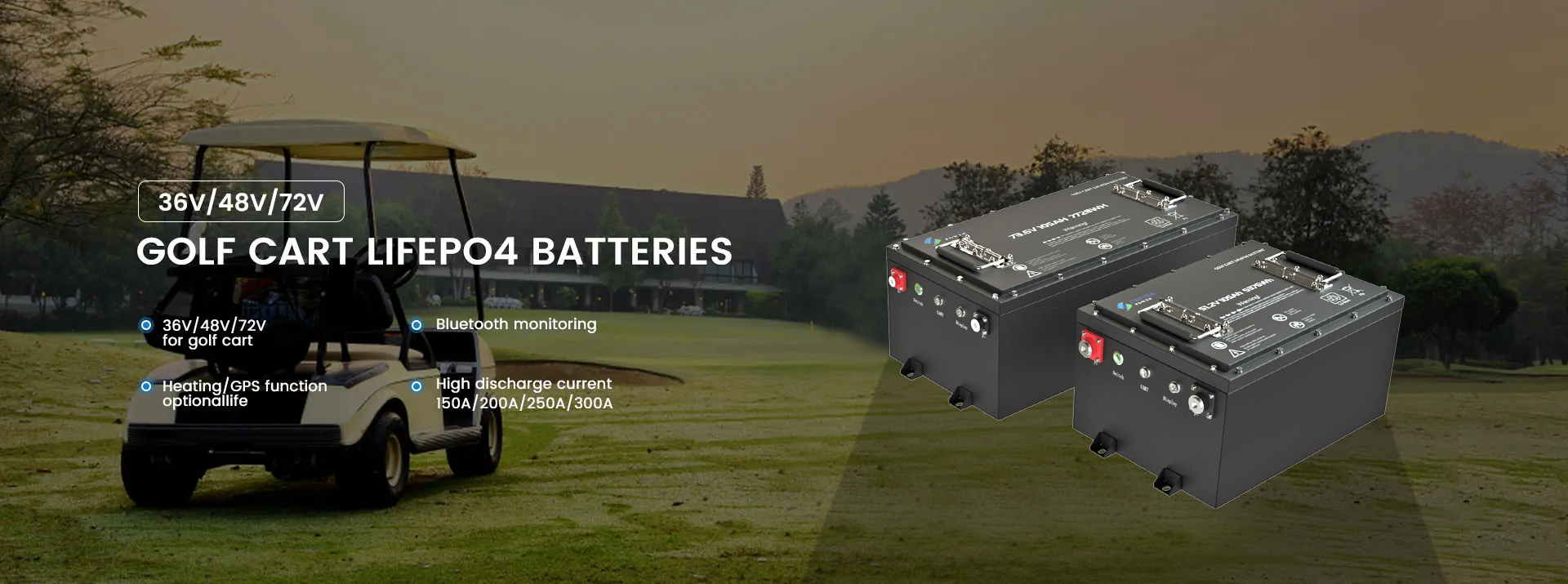
Hooking up RV batteries involves connecting them in parallel or series, depending on your setup and the voltage you require. Here’s a basic guide:
Understand Battery Types: RVs typically use deep-cycle batteries, often 12-volt. Determine the type and voltage of your batteries before connecting.
Series Connection: If you have multiple 12-volt batteries and need higher voltage, connect them in series. To do this:
Connect the positive terminal of the first battery to the negative terminal of the second battery.
Continue this pattern until all batteries are connected.
The remaining positive terminal of the first battery and the negative terminal of the last battery will be your 24V (or higher) output.
Parallel Connection: If you want to maintain the same voltage but increase the amp-hour capacity, connect the batteries in parallel:
Connect all positive terminals together and all negative terminals together.
Use heavy-duty cables or battery cables to ensure proper connection and minimize voltage drops.
Safety Measures: Ensure the batteries are of the same type, age, and capacity for best performance. Also, use appropriate gauge wire and connectors to handle the current flow without overheating.
Disconnect Loads: Before connecting or disconnecting batteries, turn off all electrical loads (lights, appliances, etc.) in the RV to prevent sparks or potential damage.
Always prioritize safety when working with batteries, especially in an RV where electrical systems can be more complex. If you're uncomfortable or unsure about the process, seeking professional help can prevent accidents or damage to your vehicle.

Post time: Dec-06-2023





